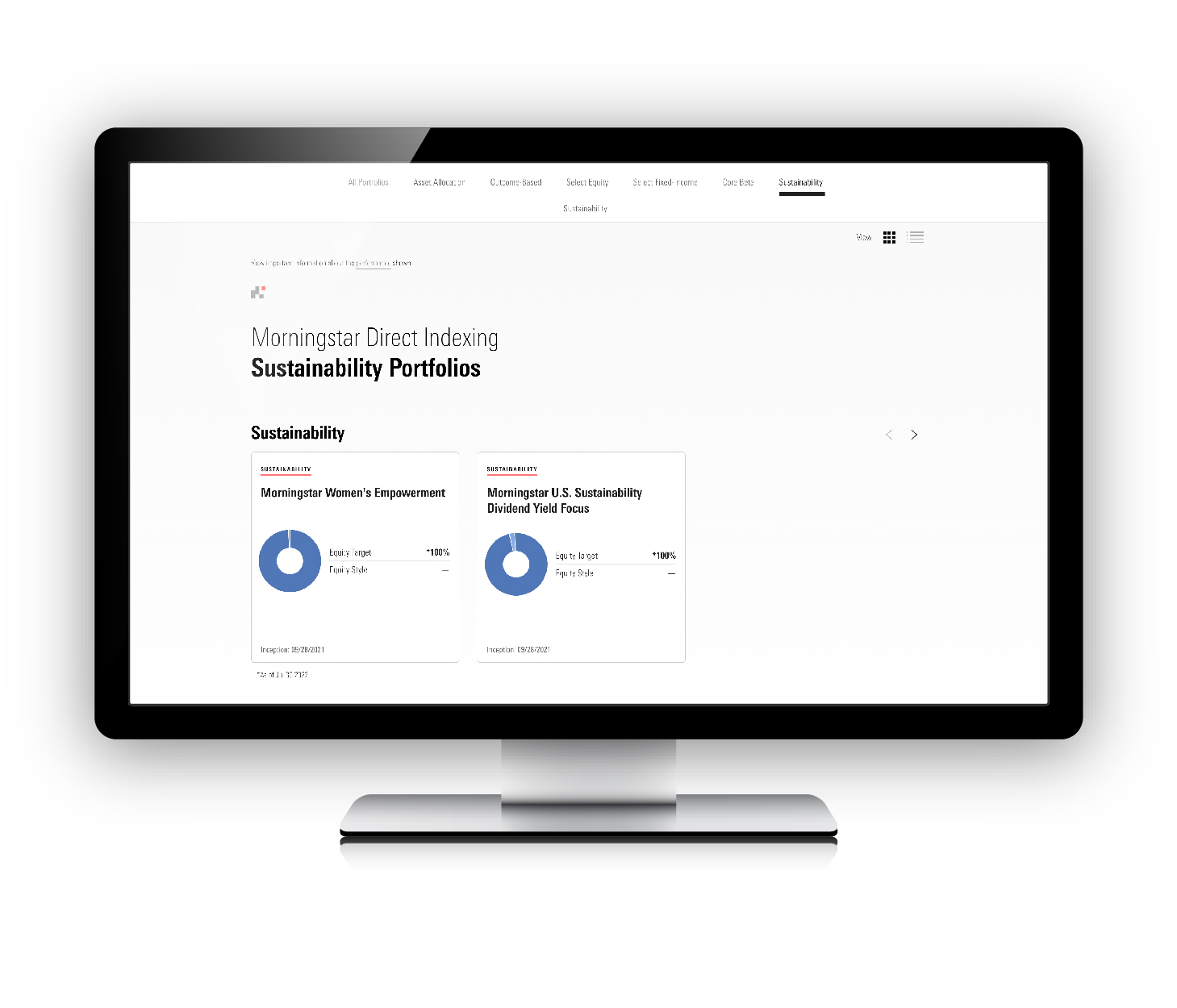EUROPE’S ENERGY TRANSITION
As governments wrestle with the challenge of meeting carbon emissions targets, one source of energy that has fallen out of favor is attracting renewed interest: nuclear power. In America, support is growing amongst policy wonks, politicians and even some environmentalists to invest in nuclear power. This year, the E.U. agreed to include nuclear power in its legal definition of clean energy, clearing the way for new investment.
EMISSIONS, WASTE AND SAFETY
Nuclear power plants create no emissions and take up little space when compared with wind and solar farms. But uranium mining and enrichment is energy-intensive, nuclear power generates radioactive waste, and the industry poses unique security and safety risks. Notwithstanding growing government enthusiasm, popular opposition to nuclear power remains strong.
APPLY EXCLUSIONS
LEVEL OF INVOLVEMENT
Sustainalytics further differentiates companies according to their level of involvement in nuclear power, as measured by their revenue exposure to the industry. Of the 82 U.S. companies involved in nuclear power, 62 have revenue exposure of less than 5%, 6 have between 5%-9.9%, 12 have between 10%-24.9%, and 2 have between 25%-49.9%.
UTILITIES DOMINATE
Utility companies that own or operate nuclear power plants dominate the list of companies with more than 10% industry involvement. But the list also includes two electricity distributors (CMS Energy Corp and WEC Energy Group) and two providers (BWX Technologies and Curtiss-Wright Corp). Curtiss-Wright Corp manufactures parts for naval nuclear submarines and for commercial nuclear power plants. BWX Technologies manufactures nuclear components and develops nuclear technologies, and is also involved in the manufacture of nuclear weapons.











